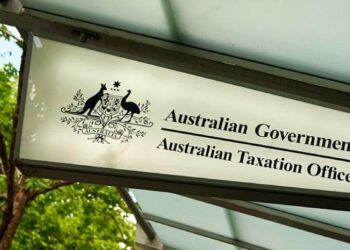Speaking in a recent webinar, DBA Lawyers special counsel Bryce Figot said there is a number of reasons why trustees may want to “think long and hard” about adding additional members to the fund, particularly children.
Mr Figot gave an example of an SMSF where the two existing members, Dennis and Josephine, have maxed out their non-concessional contribution caps.
“They want to put in an additional $200,000 in the SMSF to engage in a limited recourse borrowing arrangement to buy business real property,” he explained.
“They need the extra $200,000 in order to satisfy the loan to value ratio for the loan and they have the $200,000 in cash outside the fund.”
In this particular example, Mr Figot said Dennis and Josephine have two children so there is a temptation to add the two children into the fund and make non-concessional contributions on their behalf.
Mr Figot noted that technically it is only possible to make non-concessional contributions on behalf of children if the child is below the age of 18, otherwise it will be assessable income.
One way to address this, he said, is for Josephine and Dennis to transfer the $200,000 to their children’s bank account and have the children make the contribution to the fund.
“However, the danger is that if you tip in $200,000 into an independent person’s bank account they may not do what you want them to,” he said.
“Instead, Dennis and Josephine might decide to gift the $200,000 to their children who direct Dennis and Josephine to pay the $200,000 to the SMSF.”
While the law typically does recognise payments by direction, Mr Figot said it would really need to be a legitimate direction by the adult children.
This $200,000 contributed by the children could, however, prove problematic in the future if either of the children ever want to roll out, warned Mr Figot,’’
If there’s a fight or an estrangement and one or both of the children request a rollover, the SMSF will only have three days to action that rollover, he cautioned.
Previously there was no right to force benefits to be rolled over in an SMSF, he explained.
“However, the law was changed with effect from 2019,” he stated.
“This means that Dennis and Josephine, who are the trustees of the transferring fund, will need to ensure that the rollover occurs no later than three business days after all the information needed to process the request is received,” Mr Figot explained.
“So, basically, if a disgruntled member of an SMSF fills out a pretty standard form, you’ll need to have that transfer done within three business days. If its liquid, then too bad.”
In this type of scenario the trustee would very likely fail to roll it out within the required timeframe, said Mr Figot, meaning a contravention of the payment standards.
Based on the recent ATO guidance released last week, Mr Figot said this would then result in the auditor being forced to lodge an ACR and all the other implications that come with that.
“This really only serves to ossify my reservations about putting kids into SMSFs,” he said.
While [pooling superannuation money] to buy a big lumpy asset might seem like a good [idea], if there’s a falling out you might have this three-day ‘sword of Damocles’ hanging over your head.”


